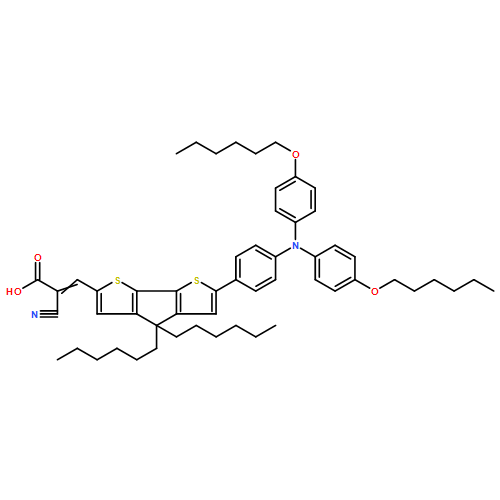Abstract
Herein we selected the model organic donor–acceptor dye C218 and modulated the self-organization of dye molecules on the surface of titania by changing the dyeing solvent from chlorobenzene to a mixture of acetonitrile and tert-butanol. We further unveiled the relationship between the microstructure of a dye layer and the multichannel charge-transfer dynamics that underlie the photovoltaic performance of dye-sensitized solar cells.
